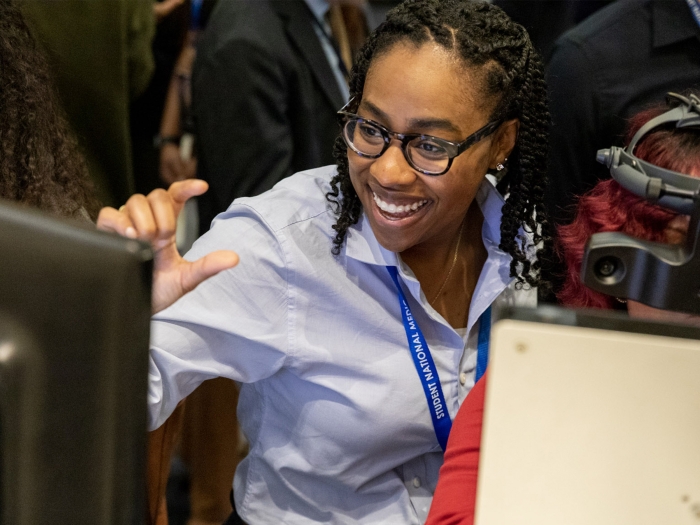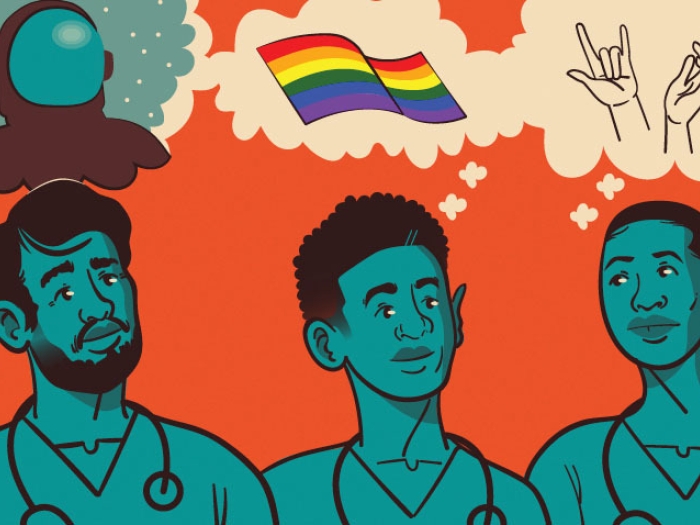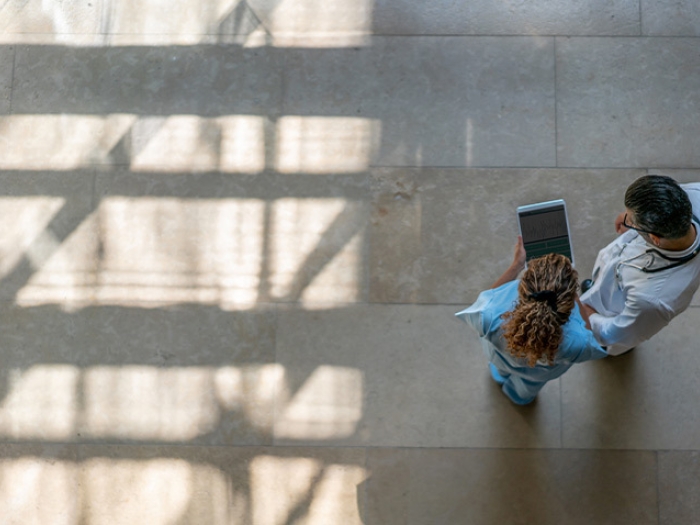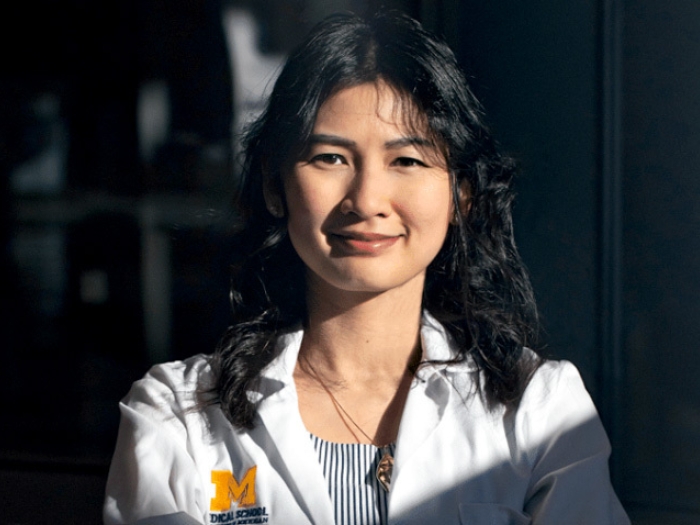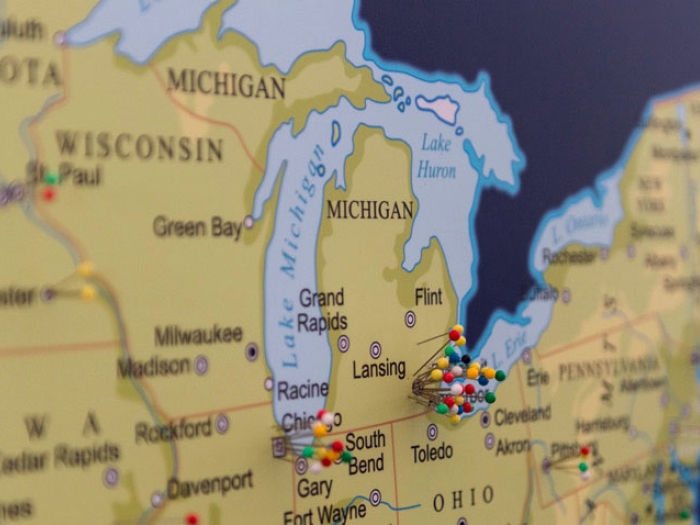It sounds like something out of Harry Potter, or maybe The Matrix: You open an envelope, and suddenly everything in your life changes. But for tens of thousands of medical students who are about to graduate, Match Day is a career-defining reality
9:00 AM
Author |
This article was updated on July 28, 2023.
Here are eight things to know about this complex method of sending new doctors into the world:
1. When you finish medical school you're a doctor, but you're not really a doctor.
An M.D. degree is a wonderful thing. Before anyone will let you treat patients on your own, however, you have to go for more training to become the specific kind of doctor you want to be. It's called residency training, or graduate medical education among the folks who run the show. The first year of it is called your intern year, or internship.
MORE FROM THE LAB: Subscribe to our weekly newsletter
2. The fourth year of med school is a bit like using a dating service.
The first few years of medical school involve learning the basics of the body and things that can go wrong with it and rotating into short stints working alongside senior doctors and healthcare teams in the fields of primary and specialty care. It's sort of like speed dating, only for medical specialties instead of romantic partners.
By the start of your fourth year, you've begun to figure out what kind of doctor you'd like to be. You start sending applications to hospitals that offer training in that specialty, and some of them offer you a chance to come interview with them. It's like online dating and job interviews combined.
Then after all that's done, you log in to a website and list the places where you'd most like to train, putting your top choices first.
Meanwhile, the people you interviewed with are entering their top picks into the same system. They list those students in order, too — from their top choices on down. And they say how many open spots they're going to have.
Then the computer matchmaking begins.
3. An incredibly complex computer program figures out who goes where.
The nonprofit National Resident Matching Program combines all the ranked lists of about 34,000 soon-to-graduate medical students (and recent grads), and all the directors of the programs that have about 30,000 residency spots open in any given year.
It's so complicated, and so well-designed, that the researchers who came up with the concept got the Nobel Prize in Economics.
If two students are a couple, and are graduating and heading to residency at the same time, they can ask for a "couples match" to end up in the same hospital or city. This makes the matching process even more complicated. But the system tries to accommodate them.
4. There really is a magic envelope.
Once the dust has settled on the matching process, medical schools get to download top-secret lists of which students matched to which residency program. They print out a letter for each student.
Each letter goes into a sealed envelope which cannot be opened until noon on Match Day.
There's not much to the letter — just the name of the hospital and the specialty program where the student has matched. But after all that interviewing, and all that ranking, and all that suspense about whether they got one of their top choices, those students are more than ready to tear that flap open and find out their future.
5. Students all over the U.S. (and from overseas who want to come to the U.S.) open their envelopes at the same time.
Tens of thousands of young doctors find out their fate at the same time — often at big parties. Most medical schools, including U-M, organize a festive gathering for students, and their closest loved ones, with speeches, balloons and lots of hugs.
At U-M, some truly brave souls actually go up on stage in front of all their classmates and tear open their envelopes in front of everyone. But even for those who choose to find out their fate in a quiet corner of the room surrounded by those closest to them, there's a chance to go up on stage and read out to everyone where you're headed next.
There are exceptions: Students who want to become urologists or ophthalmologists or pursue a career as a military physician use a different process and find out their residency match in the winter. And students at medical schools that offer an osteopathic degree (D.O.) have a separate matching process.
6. Not everyone gets what he or she wants.
It's not all sunbeams and roses for everyone. Some students who don't match into any of their chosen programs have to try to match again after the initial matching is over. Most will find a spot in a program that has slots still open even after initial process. It's not ideal, but they'll still be able to start residency with their classmates.
Others who don't match to their top choices may decide to take a year off to do research, or pursue another degree, before trying again.
7. The match is over, but the fun has just begun.
As soon as you find out your "doctor destiny," it's time to figure out where you're going to live in your new city. Residency positions start in June or July, and Match Day happens in March. It's a fast turnaround, but hospitals help guide their new residents through it.
8. Residency is a long haul — and matching is just the first step.
Depending on what specialty students choose, it could be three to seven years before they are through with training and can practice medicine on their own. Or even longer.
SEE ALSO: Saying Thanks for the Ultimate Gift to Medical Education
To become, for instance, a children's heart surgeon, it takes four years of medical school, five or more years of surgery training, two or three years of heart surgery training, and two or more years of pediatric heart surgery training. That's 13 or more years before they can operate on their own.
And the first day of the rest of their lives is Match Day.

Explore a variety of healthcare news & stories by visiting the Health Lab home page for more articles.

Department of Communication at Michigan Medicine
Want top health & research news weekly? Sign up for Health Lab’s newsletters today!
